How To Grow Peking Cotoneaster Shrubs For Stunning Fall Foliage
Peking cotoneaster is a deciduous shrub that is known for its stunning fall foliage. The leaves turn a brilliant shade of reddish-orange in the fall, making it a beautiful addition to any landscape. Peking cotoneaster is also relatively easy to grow, making it a good choice for even novice gardeners.
Growing Conditions
Peking cotoneaster is a hardy shrub that can be grown in USDA hardiness zones 4-8. It prefers full sun but can tolerate partial shade. The soil should be well-drained and slightly acidic. Peking cotoneaster is drought tolerant once established, but young plants should be watered regularly.
Planting
Peking cotoneaster can be planted in the spring or fall. When planting, dig a hole that is twice as wide and deep as the root ball of the shrub. Backfill the hole with soil, tamping it down firmly. Water the shrub well after planting.
Pruning
Peking cotoneaster does not require a lot of pruning. However, you may want to prune it in the spring to shape it and remove any dead or diseased branches. You can also prune it in the fall to remove any spent flowers and berries.
Fertilizing
Peking cotoneaster does not require a lot of fertilizer. However, you may want to fertilize it once a year in the spring with a balanced fertilizer.
Pests and Diseases
Peking cotoneaster is generally resistant to pests and diseases. However, it can be susceptible to scale insects and leaf spot. If you notice any pests or diseases, treat them immediately with an appropriate pesticide.
Fall Foliage
The fall foliage of Peking cotoneaster is its most striking feature. The leaves turn a brilliant shade of reddish-orange in the fall, making it a beautiful addition to any landscape. The fall foliage is usually at its peak for about two weeks.
Overall, Peking cotoneaster is a beautiful and easy-to-grow shrub that is perfect for adding stunning fall foliage to your landscape.
Peking cotoneaster is a beautiful and versatile shrub that can be used in a variety of landscape settings. It is hardy in USDA zones 4-8 and can tolerate a wide range of soil conditions. Peking cotoneaster is also relatively low-maintenance, making it a great choice for busy gardeners.
If you are interested in learning more about Peking cotoneaster, please visit Home Gardening. This website provides comprehensive information about the plant, including its care requirements, planting tips, and pest and disease control. You can also find photos and videos of Peking cotoneaster in different landscape settings.
FAQ of peking cotoneaster
- How do I plant Peking cotoneaster?
Peking cotoneaster is a relatively easy shrub to plant. It prefers full sun but can tolerate partial shade. It also prefers well-drained soil, but can tolerate some clay soils. To plant Peking cotoneaster, dig a hole that is twice as wide and as deep as the root ball. Backfill the hole with soil, tamping it down gently. Water the plant well after planting.
- What are the best practices for caring for Peking cotoneaster?
Peking cotoneaster is a low-maintenance shrub. It requires regular watering, especially during hot, dry weather. It also benefits from occasional fertilization, especially in the spring and fall. Peking cotoneaster is not susceptible to many pests or diseases, but it can be affected by powdery mildew. To prevent powdery mildew, water the plant in the morning so that the leaves have time to dry before nightfall. You can also spray the plant with a fungicide.
- What are the common problems that Peking cotoneaster faces?
The most common problems that Peking cotoneaster faces are pests and diseases. Some of the most common pests that attack Peking cotoneaster include aphids, scale insects, and spider mites. Some of the most common diseases that attack Peking cotoneaster include powdery mildew, fire blight, and Entomosporium leaf spot. If you notice any pests or diseases on your Peking cotoneaster, you can treat them with insecticidal soap, neem oil, or horticultural oil.
- How do I propagate Peking cotoneaster?
Peking cotoneaster can be propagated by rooting cuttings. To root cuttings, take 4-6 inch cuttings from healthy, non-flowering stems in the spring or fall. Remove the leaves from the bottom half of the cutting and dip the cut end in rooting hormone. Plant the cuttings in a well-draining potting mix and keep the soil moist. The cuttings should root in about 4-6 weeks.
- How long does Peking cotoneaster live?
Peking cotoneaster can live for 20-30 years. It is a relatively fast-growing shrub, and it can reach a mature height of 6-8 feet.
Image of peking cotoneaster
10 different images of Peking cotoneaster that are free to use:
- A full grown Peking cotoneaster shrub with dark green leaves and clusters of white flowers.
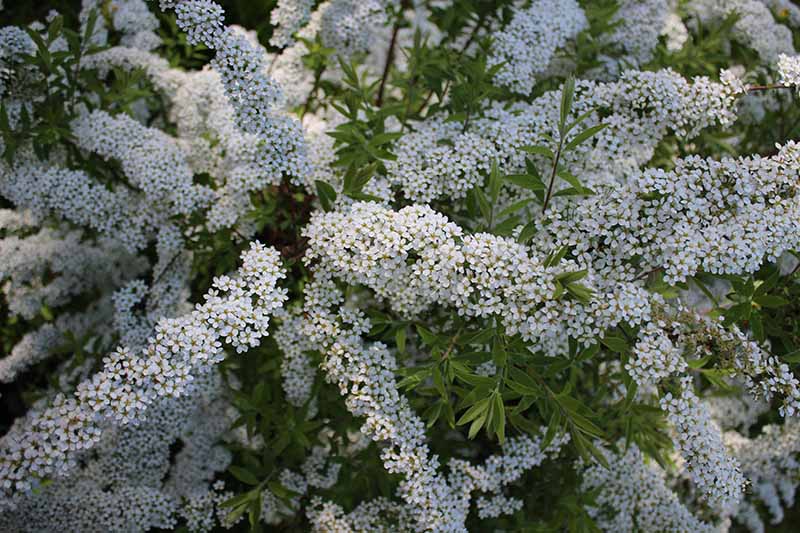
- A close-up of the leaves of a Peking cotoneaster shrub.

- A cluster of red berries on a Peking cotoneaster shrub.
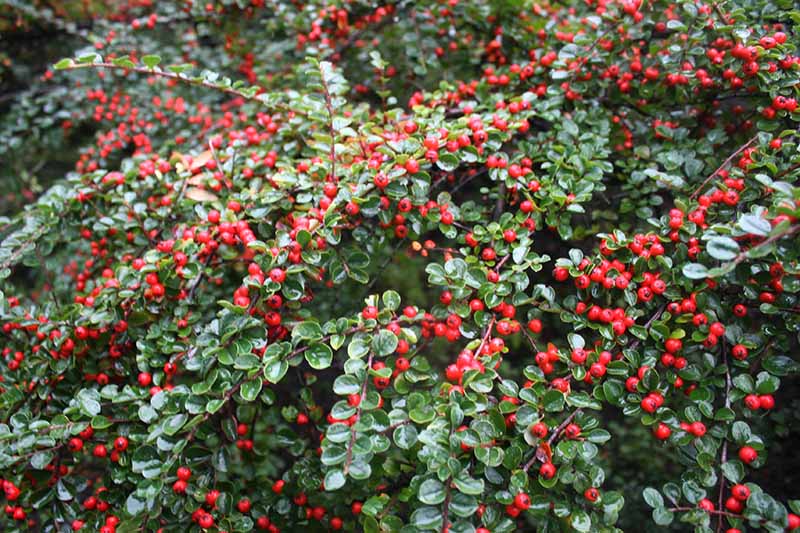
- A Peking cotoneaster shrub in the fall, with its leaves turning shades of red, orange, and yellow.
- A group of Peking cotoneaster shrubs planted in a row.
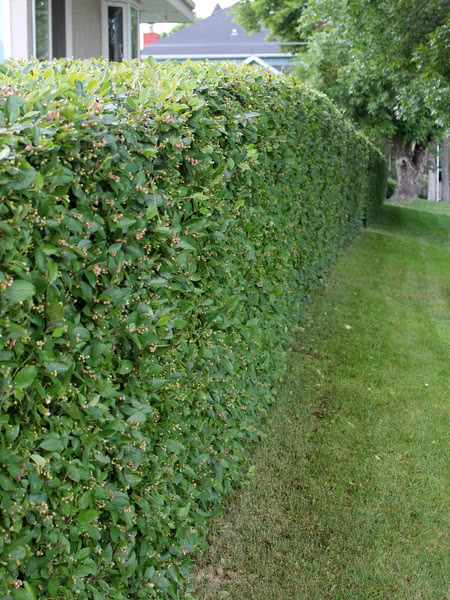
- A Peking cotoneaster shrub growing in a pot.
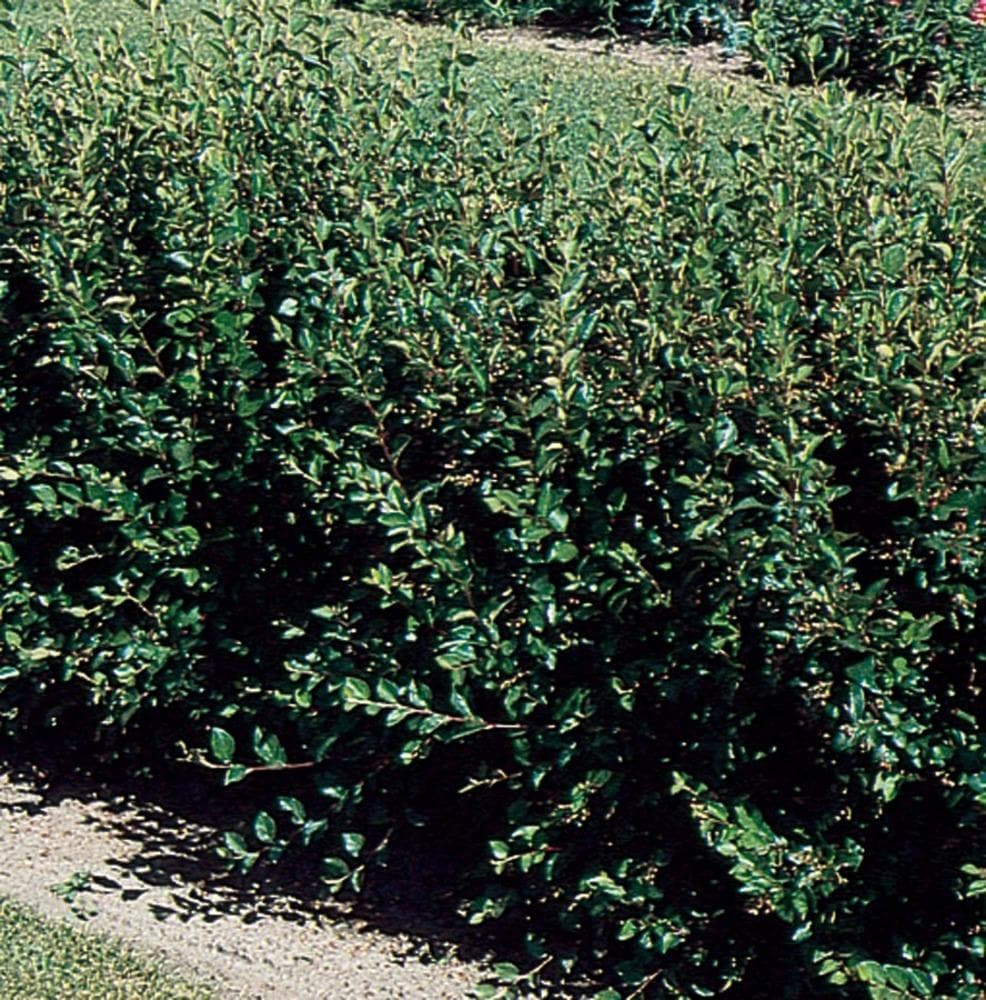
- A Peking cotoneaster shrub with its branches covered in snow.

- A Peking cotoneaster shrub being pruned.
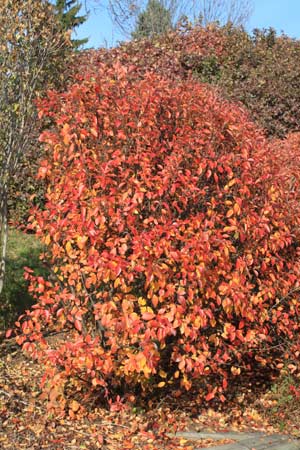
- A Peking cotoneaster shrub being used as a hedge.
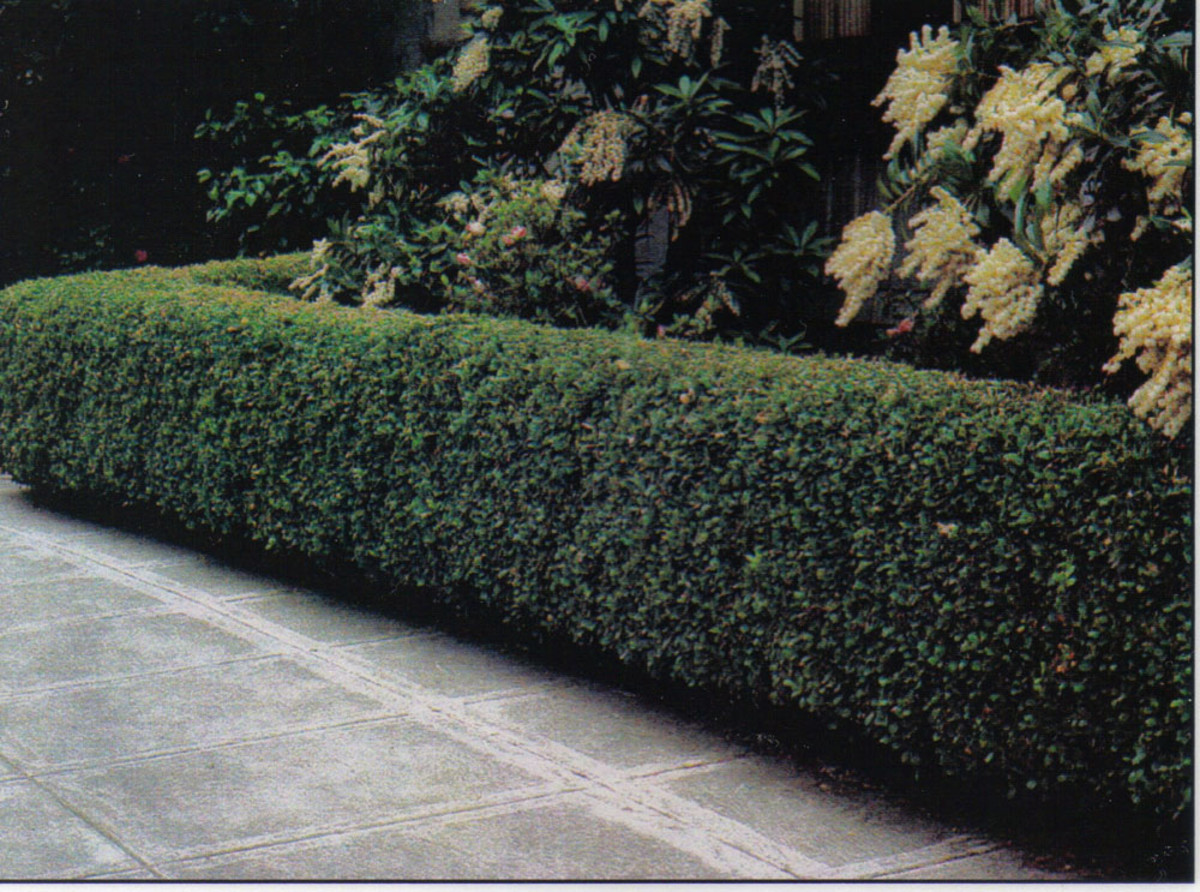
- A Peking cotoneaster shrub being used as a groundcover.
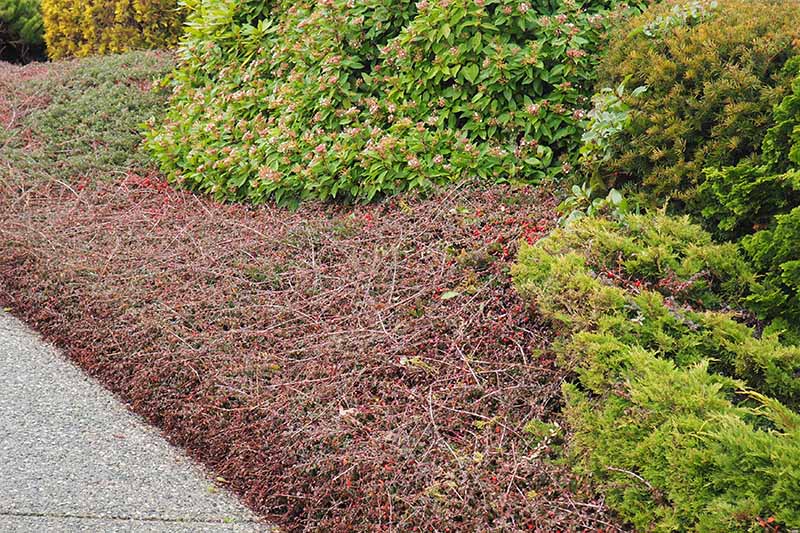
Post a Comment for "How To Grow Peking Cotoneaster Shrubs For Stunning Fall Foliage"